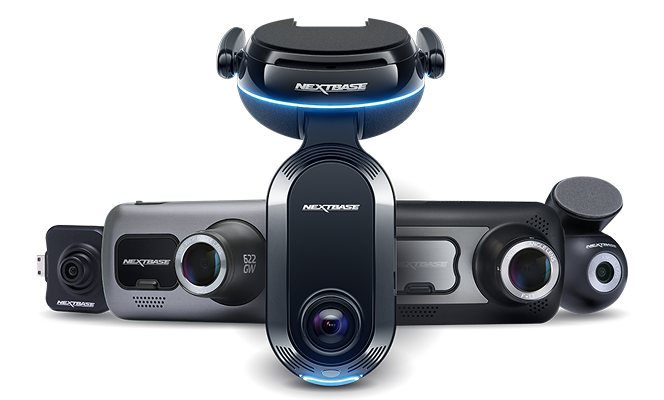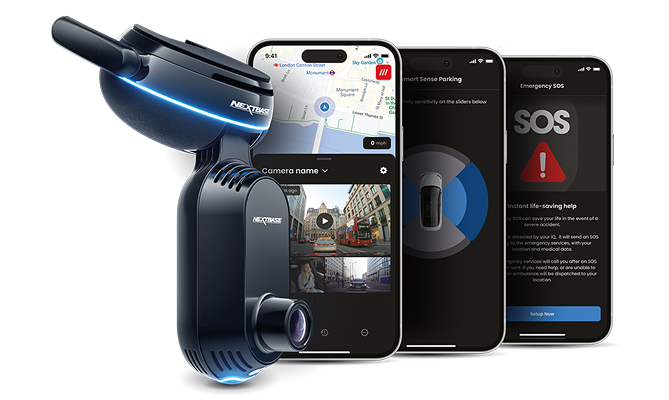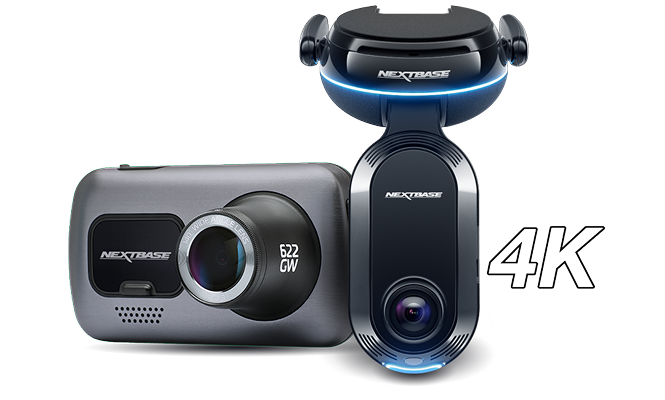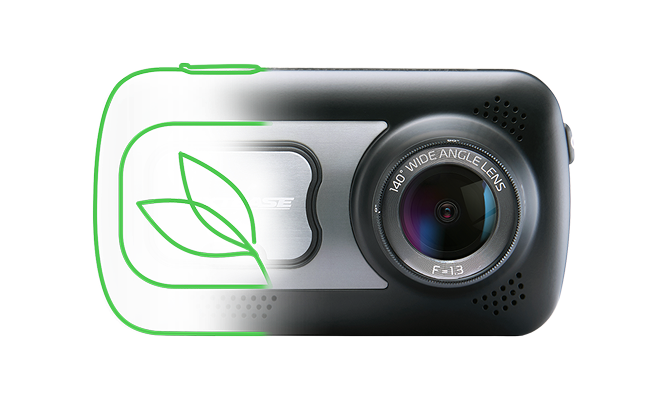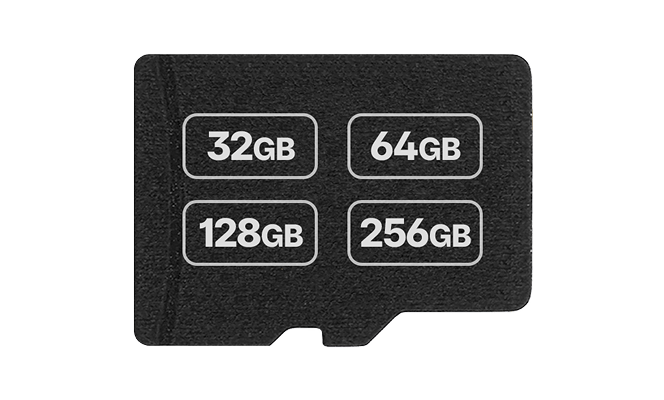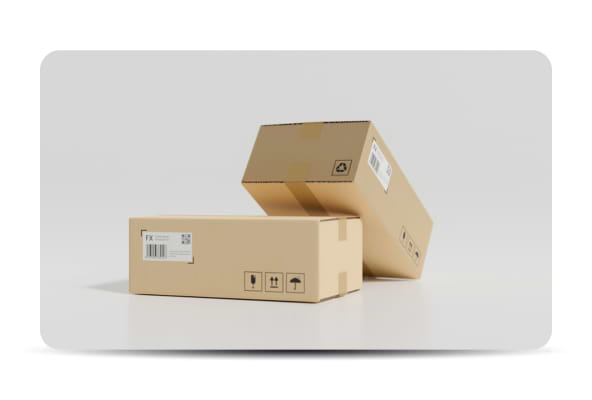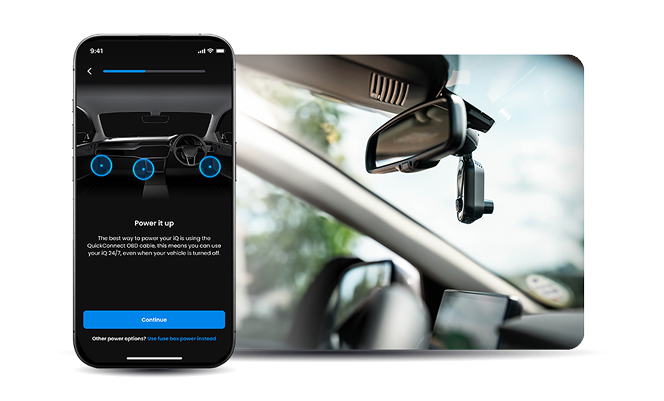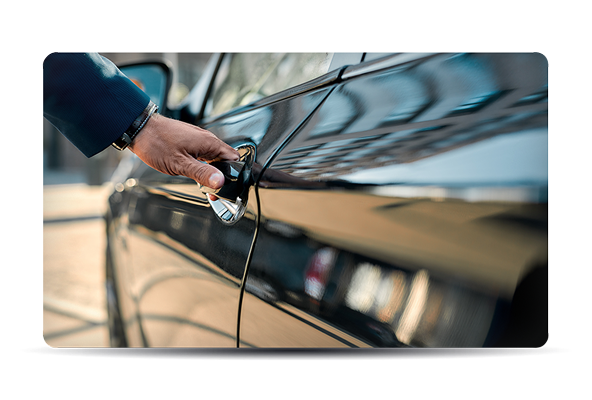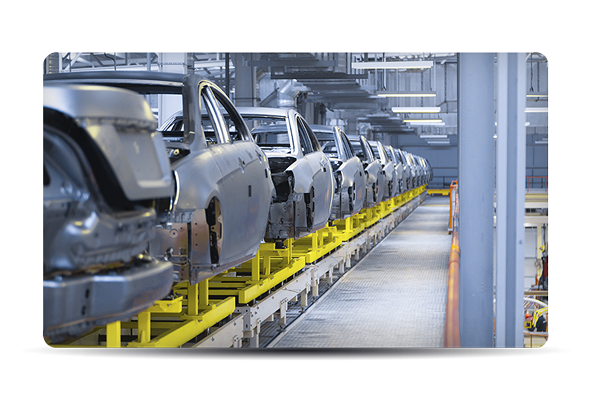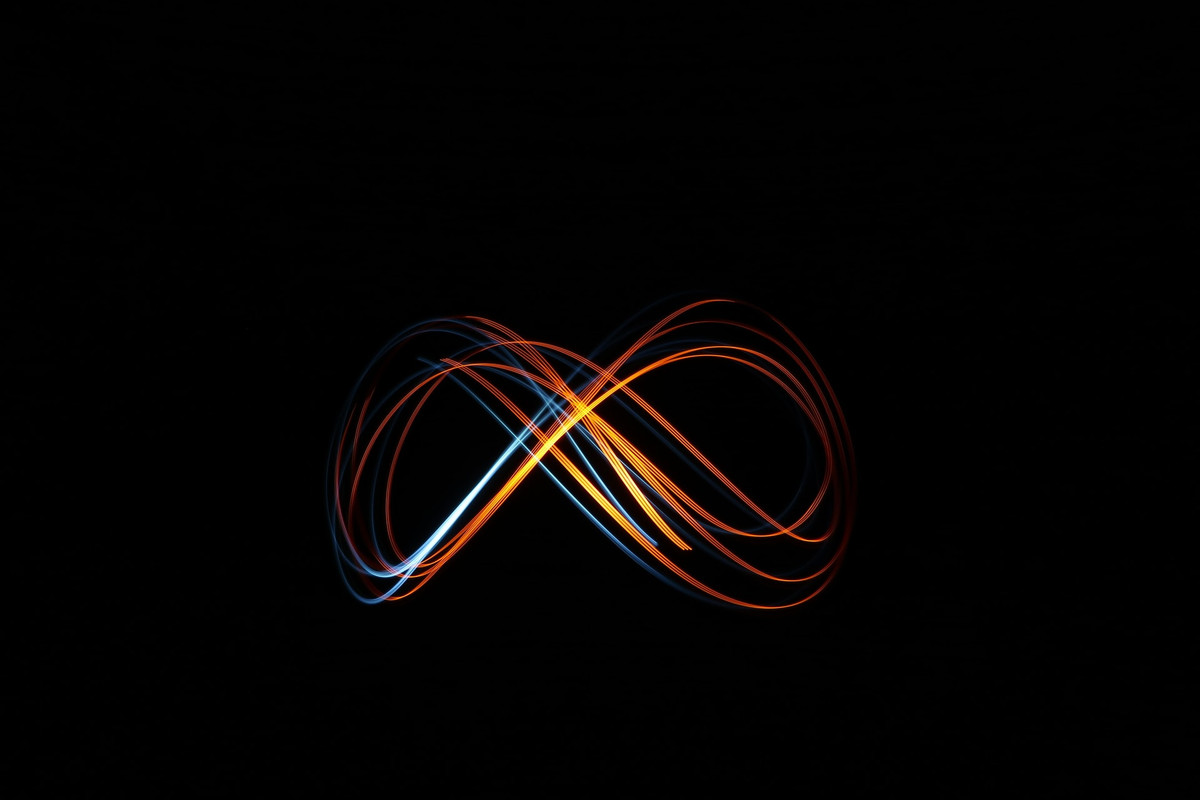With so much emphasis placed on the safety and accountability of drivers these days, it is natural to assume that dashcams have become an essential piece of driving equipment that features in many vehicles up and down the country.
One of the most asked questions customers have around dash cams is the recording time capabilities, which is where we introduce the topic of the dash can loop recording.
What Actually Is Loop Recording?
Dash cam loop recording is where the dash cam continuously records footage in a loop, which means that the dash cam records video by overwriting older video captures with new video footage.
This allows the dashcam to continually record your journeys even if the SD memory card that is installed is full. This ensures that the dashcam never misses a single minute of your vehicular journey.
What Are The Benefits Of Loop Recording?
There are 3 straightforward reasons why loop recording dash cam is such a good idea, and it is all to do with optimising memory and storage space on your device or expandable memory cards.
File Manageability
One advantage of continuous dashcam loop recording is that it can break down an hour-long video into small and organised clips.
This makes the video segments easier to manage and transfer when you need to.
It may take an extremely long amount of time to upload, transfer or frame select from an hour-long video, and it is especially hard for you to navigate through to find the section you are looking for without trawling through everything first.
It becomes easier to manage when the recordings are segmented into smaller and more manageable files vis loop recording!
Dashcam Memory Capacity
With the addition of an SD card, there may be limited memory space in a dashcam, especially on longer journeys. Still, you are more than likely going to need to record your entire journey on it.
When using loop recording, it allows you to select the recording time "burst" of video, and this can be from 1-3 minutes, but this is an entirely personal preference on timings.
Loop recording allows the oldest clips to be overwritten by the new video clips. Your device's memory is preserved with only the most current video that has been recorded.
Ease Of Upload
When your dashcam has recorded to capacity, uploading the files to cloud storage or onto another device such as a smartphone or tablet is simple.
Having multiple copies of the captured recordings allows you more memory freedom. It also means that if something happens like damage or destruction to one recording source (your dashcam), there is always another backup set of recordings available.
Conclusion
Drivers these days are becoming more and more accountable, which is why many vehicles have dashcams.
One of the most frequent questions customers ask about them is how long they can record footage. The solution to restricted memory on a dash cam device is a dash cam that has loop recording capabilities such as
To reiterate, if your SD card fills up with video footage while you are on a drive- it will automatically overwrite old captures to make room for new ones.
This ensures there is always something captured even if you cannot upload all the footage at once - ensuring you never miss a moment!

